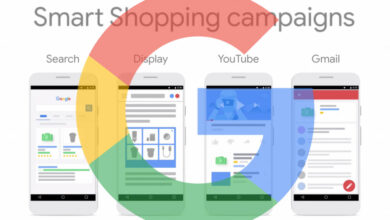The Science Behind Targeted Ads: How Brands Use Data to Reach Their Audience

Introduction
Targeted advertising has become a crucial strategy for brands looking to reach their desired audience in today’s digital age. By utilizing data and technology, brands can tailor their ads to specific demographics, interests, and behaviors, increasing the likelihood of engagement and conversion. In this blog, we will delve into the science behind targeted ads and how brands use data to reach their audience effectively.
The Power of Data in Targeted Advertising
Data is the driving force behind targeted advertising. Brands collect and analyze various types of data to understand their audience better and create personalized ad experiences. This data can include demographic information, browsing history, purchase behavior, social media activity, and more. By leveraging this data, brands can segment their audience and deliver relevant ads to specific groups of people.
Types of Data Used in Targeted Advertising
There are several types of data that brands use in targeted advertising:
- Demographic data: Age, gender, location, income, etc.
- Behavioral data: Browsing history, purchase behavior, search queries, etc.
- Psychographic data: Interests, hobbies, lifestyle choices, etc.
- Contextual data: Content being viewed, time of day, device used, etc.
How Brands Use Data to Reach Their Audience
Brands use a variety of techniques to target their audience effectively:
- Lookalike audience targeting: Brands create profiles of their ideal customers based on existing data and target similar audiences.
- Retargeting: Brands show ads to users who have previously interacted with their website or products.
- Geo-targeting: Brands deliver ads to users based on their location.
- Interest-based targeting: Brands target users based on their interests and online behavior.
Personalization in Targeted Advertising
Personalization plays a key role in targeted advertising. Brands use data to create personalized ad experiences for their audience, increasing engagement and conversion rates. Personalized ads can include tailored messaging, product recommendations, and offers based on the user’s preferences and behavior.
Challenges in Targeted Advertising
While targeted advertising offers many benefits, there are also challenges that brands face:
- Privacy concerns: Consumers are becoming more aware of data privacy issues and may be wary of targeted ads.
- Data accuracy: Brands must ensure that the data they collect is accurate and up-to-date to reach their audience effectively.
- Ad fatigue: Users may become tired of seeing the same ads repeatedly, leading to decreased engagement.
FAQs
What is targeted advertising?
Targeted advertising is a marketing strategy that involves delivering personalized ads to specific groups of people based on their demographic, behavioral, and psychographic data.
How do brands use data in targeted advertising?
Brands collect and analyze various types of data, such as demographic information, browsing history, and purchase behavior, to understand their audience better and create personalized ad experiences.
What are the benefits of targeted advertising?
Targeted advertising allows brands to reach their desired audience more effectively, increase engagement and conversion rates, and create personalized ad experiences.


